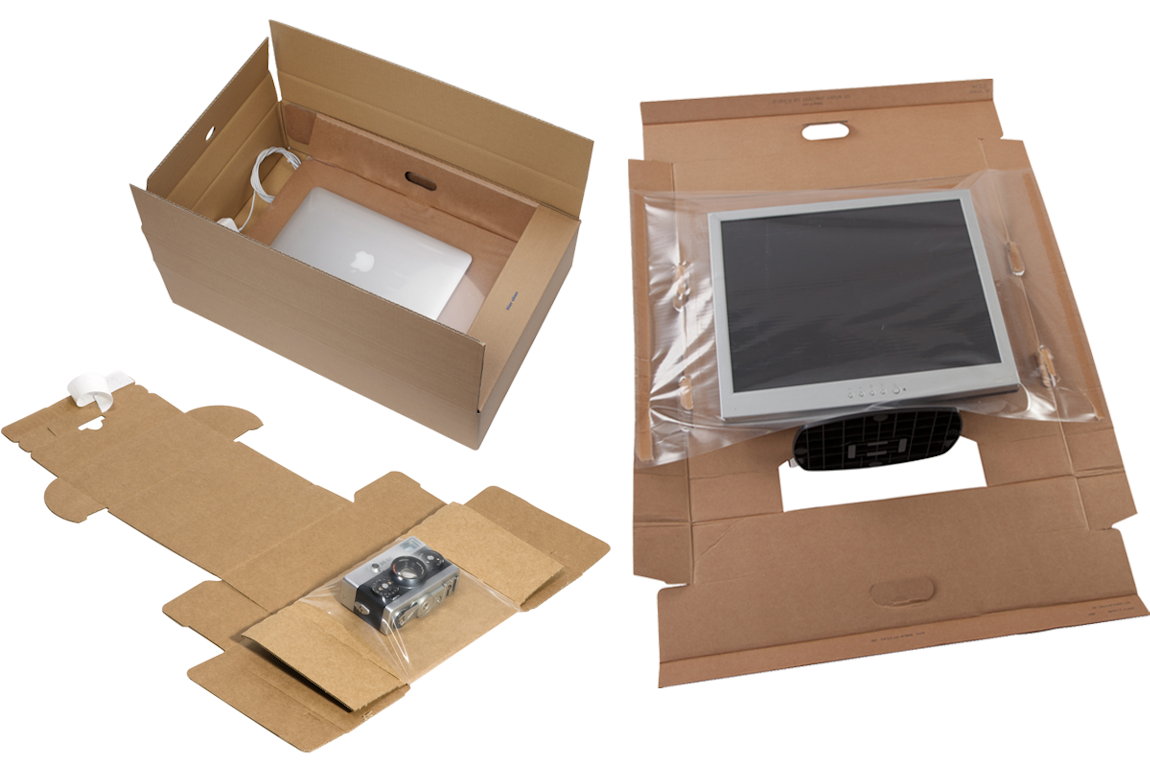When shipping electronics, safe shipping is key to have them arrive in good working order. Vibrations and impacts during transport can easily damage the fragile contents, resulting in you having to deal with returns or exchanges.
Great electronics packaging design must consider protection from extreme temperatures, electrostatic discharge, mechanical damage, and high frequency noise emission. In this article, we will be exploring electronics packaging and how you can ensure that your electronics are safely shipped.
1. Choosing the right box for your electronics
Similar to walls surrounding a castle, a cardboard box is the first line of defence to protect your electronics. It goes without saying that it is important to start off by choosing the right box for the electronics you are shipping. Nobody wants to receive electronics that have been crushed or damaged during transit.
So, how can you make sure you have chosen the correct box? It is best to use a brand new, double corrugated box, as even used boxes that appear to be in good condition could have hidden weaknesses. The size is also important to consider as when a box is too large, the product inside could move around and end up damaged, and when it is too small then the electronics may press against the sides of the box and wind up crushed.
At Swiftpak, we have a range of corrugated cardboard options that you could use to keep your electronics safe and well protected. Corrugated cartons are cost-effective, and can often hold a wide variety of weights, protect against moisture, whilst also being a more sustainable choice.




